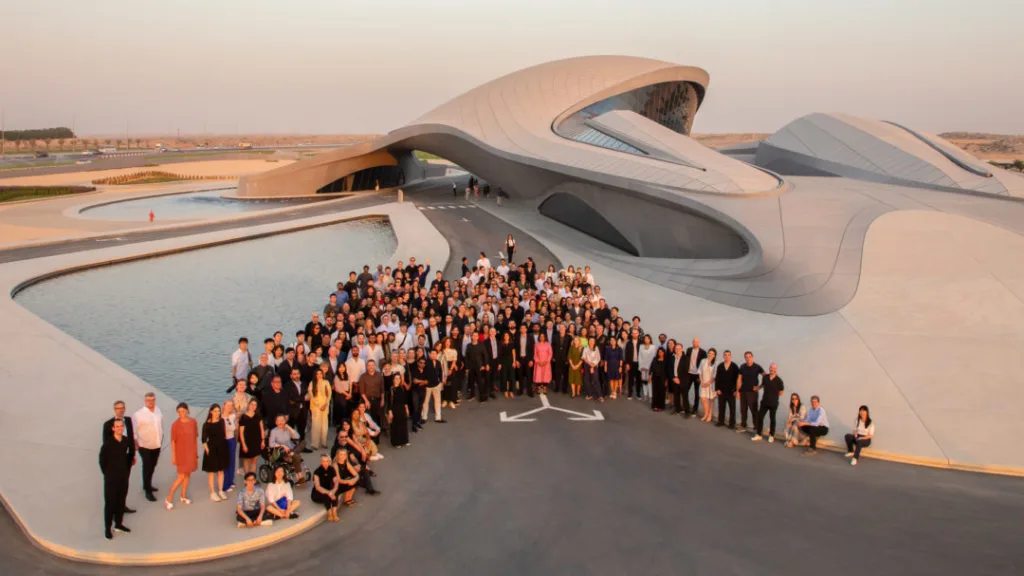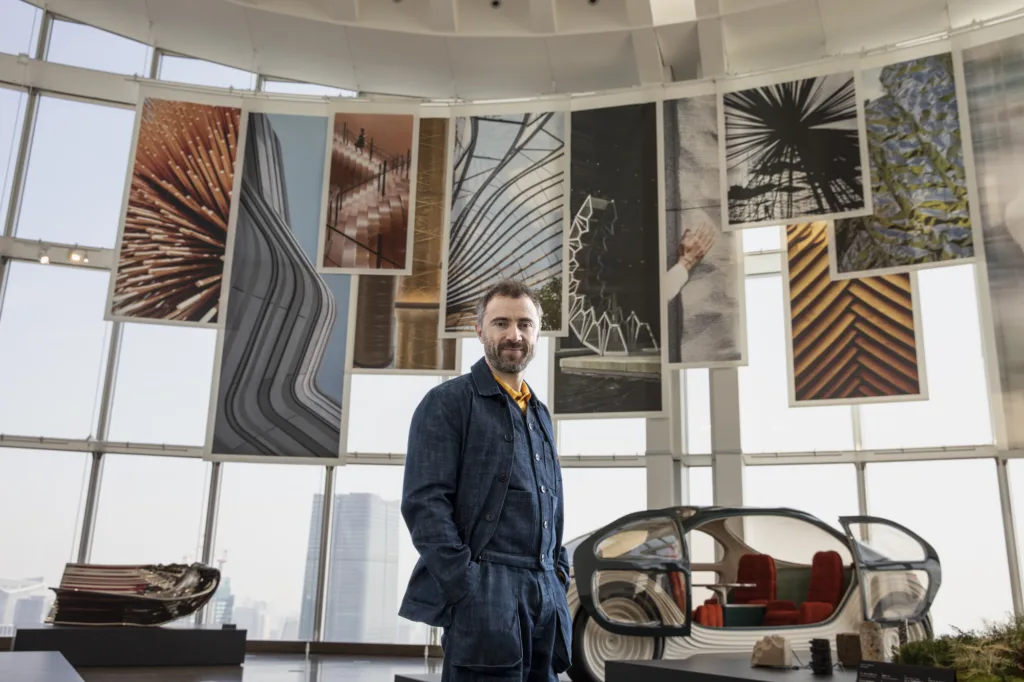In recent years, the integration of Artificial Intelligence (AI) technology has revolutionized various industries, including architecture and interior design.
AI brings a new dimension to the creative process, enabling professionals to push boundaries, streamline workflows, and deliver exceptional designs.
In this blog post we will explore the transformative power of AI in architecture and interior design, providing insights, tutorials and recommended books.
Understanding AI’s Impact on Architecture and Interior Design
AI-powered tools and algorithms that aid in design, analysis, and visualization.
Automation of repetitive tasks, freeing up time for designers to focus on creativity.
Enhanced accuracy and precision in modeling, rendering, and material selection.
Improved simulations and predictions for energy efficiency, sustainability, and occupant comfort.
Real-time collaboration and communication with clients and stakeholders.
Tutorials: Harnessing AI For Design Excellence
These step-by-step guides to using AI-assisted design tools for architectural modeling are exploring AI-generated renderings and virtual reality walkthroughs, implementing AI algorithms for optimizing space utilization and layout planning, incorporating AI-powered lighting and energy management systems, leveraging AI-driven data analysis for evidence-based design decisions.
Here are the links:
Recommended Books For AI In Architecture And Interior Design
“The Fourth Industrial Revolution” by Klaus Schwab.
“Architects of Intelligence: The Truth about AI from the People Building It” by Martin Ford.
“AI for Architects: How Artificial Intelligence Will Transform the Architecture Profession” by Ayman Youssef.
“Artificial Intelligence in Architecture: Towards an Autonomous Future” by Li Han, et al.
“The Future Is Smart: How Your Company Can Capitalize on Artificial Intelligence” by V. Anthony Sammartino.
“AI in Architecture: Design and Planning for Intelligent Environments” by Ning Gu and Tuba Kocaturk
“Artificial Intelligence for Architecture: A Practical Guide for Designers and Engineers” by Danil Nagy
Showcasing Innovative Projects Where AI Played A Crucial Role In Design Evolution
Through its powerful algorithms and data-driven capabilities, AI has played a crucial role in pushing the boundaries of design, enabling professionals to create innovative and groundbreaking projects.
Here are some remarkable examples where AI has made a significant impact on design evolution:
The Edge, Amsterdam
The Edge, a sustainable office building in Amsterdam, stands as a testament to the integration of AI technology in design.
The building utilizes an advanced AI system to optimize energy consumption and create a comfortable working environment for occupants.
Sensors embedded throughout the structure collect real-time data on occupancy, temperature, lighting, and humidity, allowing the building’s AI system to adjust settings accordingly.
This intelligent management system has resulted in significant energy savings and enhanced user experience.
Generative Design At Autodesk
Autodesk, a leading software company, has harnessed the power of AI through its generative design tools.
This technology allows architects and designers to input design parameters and let the AI algorithm explore countless iterations to find optimized solutions.
The AI system considers factors such as structural integrity, material efficiency, and aesthetic preferences, generating design options that human designers might not have considered.
This innovative approach has led to the creation of stunning architectural forms and optimized structural systems.
The Living Architecture Systems Group (LASG)
The LASG, based in Toronto, Canada, explores the intersection of architecture, biology, and AI.
They have developed “living architecture” systems that integrate AI to create dynamic and responsive environments.
These systems use AI algorithms to analyze data from sensors and interact with occupants, adjusting lighting, temperature, and air quality to enhance comfort and well-being.
The LASG’s projects demonstrate how AI can contribute to creating adaptive and sustainable spaces that respond to the needs of users and the environment.
Project Dreamcatcher By Autodesk Research
Project Dreamcatcher is an innovative design platform developed by Autodesk Research.
It leverages AI to generate and optimize design solutions based on user requirements and constraints.
Designers input their design goals and parameters, and the AI algorithm explores numerous possibilities to find novel and efficient solutions.
This tool has been used to create complex architectural structures, furniture designs, and interior layouts that go beyond traditional design conventions.
Google’s DeepMind And AlphaGo
While not specifically in architecture and interior design, the success of Google’s DeepMind and its AlphaGo program highlights the potential of AI in tackling complex problems.
AlphaGo, an AI-powered program, achieved groundbreaking success in the game of Go, a game with more possible moves than there are atoms in the universe.
The ability of AI to analyze vast amounts of data, learn from it, and make strategic decisions has profound implications for design processes, inspiring architects and designers to explore new frontiers.
Highlighting Successful Stories Of Architects And Designers Who Embraced AI technology
Bjarke Ingels Group (BIG)
BIG, a renowned architecture firm, has embraced AI technology to enhance their design processes.
They have utilized AI algorithms to analyze vast amounts of data, such as site conditions, climate patterns, and user preferences, to optimize their architectural designs.
This data-driven approach has allowed BIG to create innovative and sustainable structures that respond to the specific needs of the environment and users.

Neri Oxman
Neri Oxman, an architect, designer, and professor at the MIT Media Lab, is known for her groundbreaking work at the intersection of architecture, design, and technology.
She has embraced AI technology to explore novel design possibilities.
Oxman has developed AI-based design tools that generate intricate and biomimetic structures inspired by nature.
These designs push the boundaries of traditional architectural forms, resulting in visually stunning and environmentally responsive creations.

Zaha Hadid Architects
Zaha Hadid Architects, an internationally renowned firm, has incorporated AI technology into their design process.
They have utilized AI algorithms to optimize structural designs and analyze complex geometries.
By leveraging AI, Zaha Hadid Architects can generate and evaluate numerous design iterations quickly, resulting in efficient and visually striking architectural solutions.

Heatherwick Studio
Heatherwick Studio, led by Thomas Heatherwick, is known for its innovative and unconventional designs.
They have embraced AI technology to reimagine space utilization and create dynamic structures.
By leveraging AI algorithms, they can analyze and optimize intricate geometries, enabling the creation of unique and visually captivating architectural forms.

These stories are only showing how by leveraging the power of AI, can be achieved greater efficiency, creativity, and sustainability in the architectural projects.
AI-powered tools for architects and designers
Here’s a list of AI-powered tools that are widely used by architects and designers: Autodesk Generative Design, IrisVR, SketchUp + Veras AI, ArchiCAD + BIMx, Revit + Dynamo, Coohom, Space Designer 3D, Lumion, Fuzor, PlanGrid, Space Syntax.
These AI-powered tools empower architects and designers with enhanced capabilities, from design exploration and rendering to collaboration and project management. By leveraging AI technologies, professionals in these fields can streamline workflows, improve efficiency, and create more innovative and sustainable designs.
Thanks for reading! If you find this blog post helpful let us know in the comment section bellow!
We would love to hear from you!




